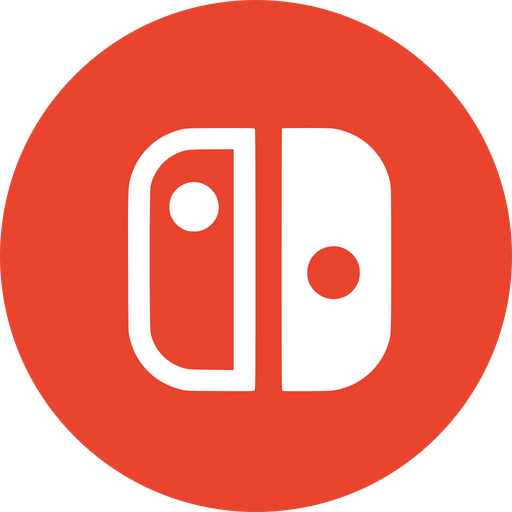Without the stalemate rule then there’s not much any point in continuing to play once you’re in a poor enough position. You’d literally be wasting both players times waiting in vain for your opponent to irrecoverably blunder hard enough to turn the match, which may be impossible if you’re out of enough pieces.
With the stalemate rule although you may no longer be able to win, you can still do something so your final outcome is better than a loss. The losing player still has a reason to keep playing. The game is overall more interesting to play and watch by having the stalemate rule than it would be without.








The reason I think stalemate makes the game more interesting is it gives an out to the losing player.
Suppose a game where black just lost their last piece (outside of the king). With the stalemate rule, white still needs to be careful and skillful in executing their checkmate to actually win the game. Giving black some way even in a losing situation to get theirself into a better outcome than a flat out loss. It allows more opportunities for games to reach their natural conclusion in a way that still allows both players to do something to get a better outcome.
And I don’t know about you, but I think a game that could end up as a draw right up until the end is a more interesting game to play and much more entertaining to watch than watching 30 turns of white maintaining an early all the way to the midgame when black decides it’s just a waste of time at this point and resigns.